For the first time, carbon dioxide and carbon monoxide ices have been observed in the far reaches of our solar system on trans-Neptunian objects (TNOs).
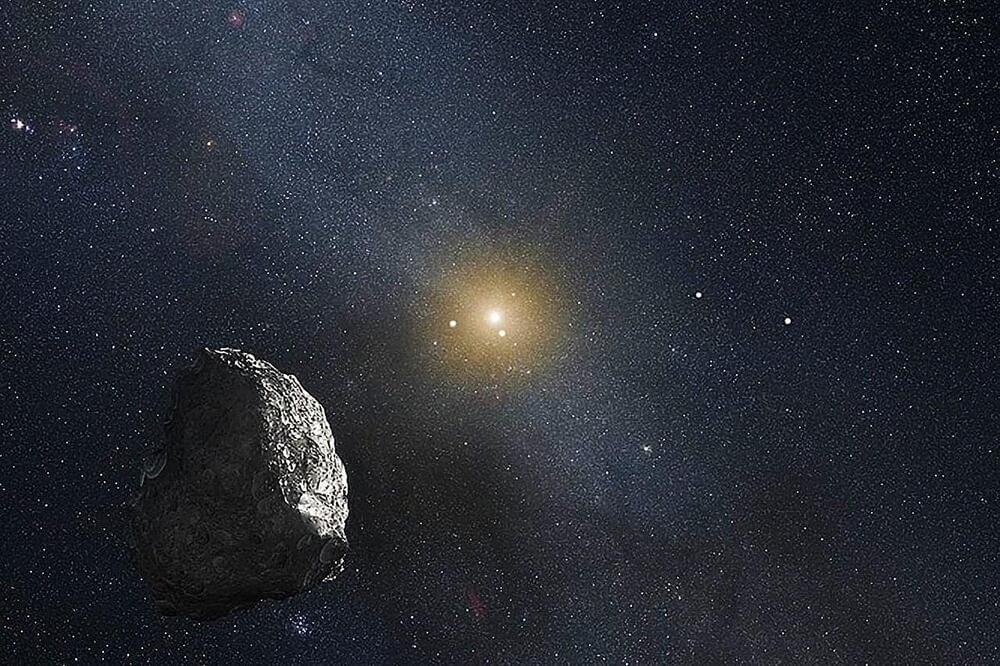

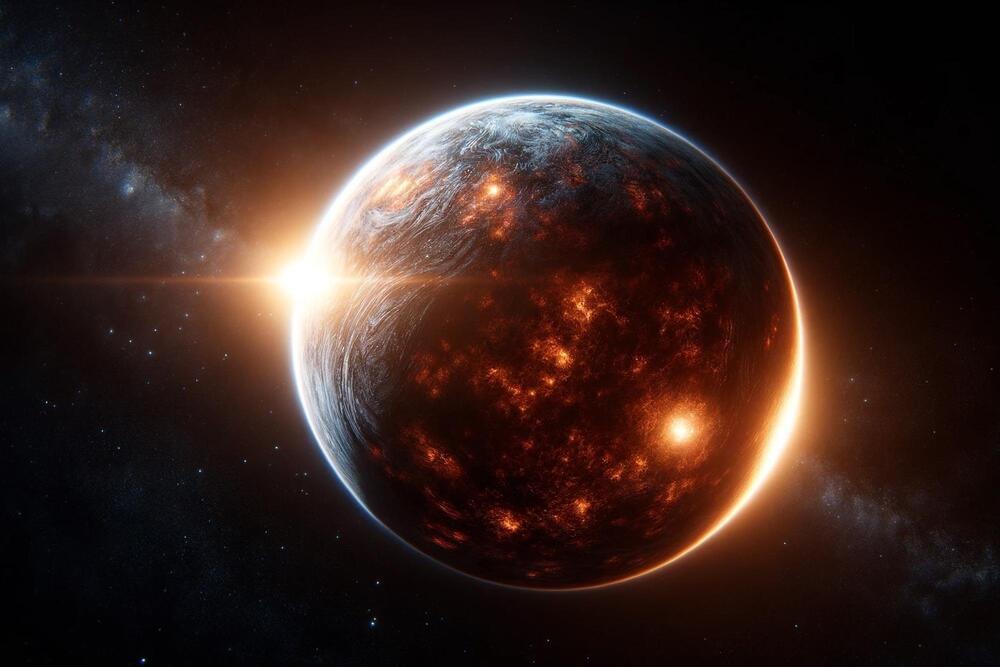
Gas bubbling up from a lava-covered surface on the exoplanet 55 Cancri e may feed an atmosphere rich in carbon dioxide or carbon monoxide.
Located a mere 41 light years from Earth, the exoplanet 55 Cancri e is so intensely hot that scientists once doubted its ability to sustain an atmosphere. However, a recent study conducted by a national team of scientists suggests 55 Cancri e may be the first rocky exoplanet confirmed to have an atmosphere.
Published in Nature, the paper titled “A Secondary Atmosphere on the Rocky Exoplanet 55 Cnc e” was authored by researchers from NASA’s Jet Propulsion Laboratory, the California Institute of Technology, the University of Chicago, the University of New Mexico (UNM).
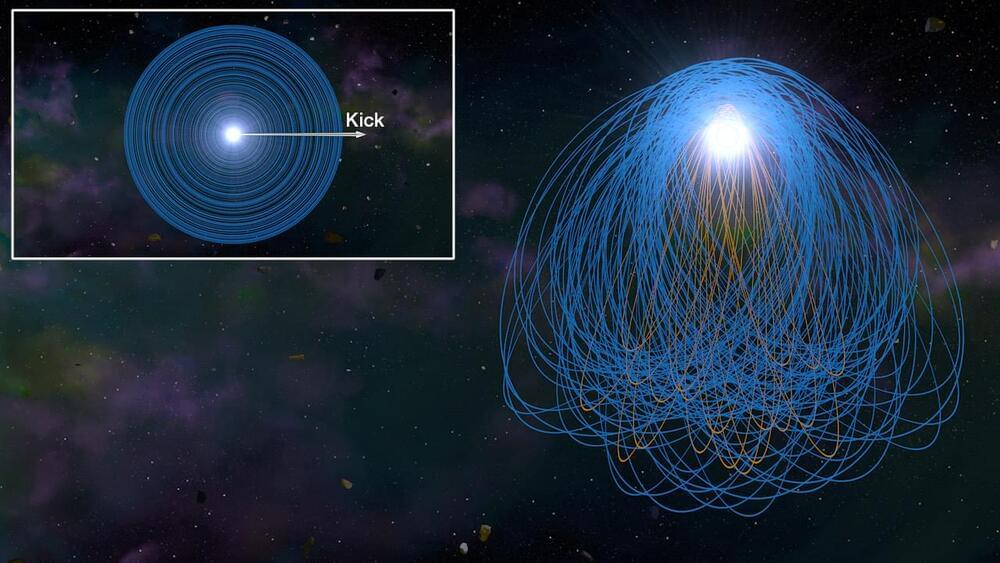
Dead stars known as white dwarfs, have a mass like the sun while being similar in size to Earth. They are common in our galaxy, as 97% of stars are white dwarfs. As stars reach the end of their lives, their cores collapse into the dense ball of a white dwarf, making our galaxy seem like an ethereal graveyard.
Despite their prevalence, the chemical makeup of these stellar remnants has been a conundrum for astronomers for years. The presence of heavy metal elements—like silicon, magnesium, and calcium—on the surface of many of these compact objects is a perplexing discovery that defies our expectations of stellar behavior.
“We know that if these heavy metals are present on the surface of the white dwarf, the white dwarf is dense enough that these heavy metals should very quickly sink toward the core,” explains JILA graduate student Tatsuya Akiba. “So, you shouldn’t see any metals on the surface of a white dwarf unless the white dwarf is actively eating something.”
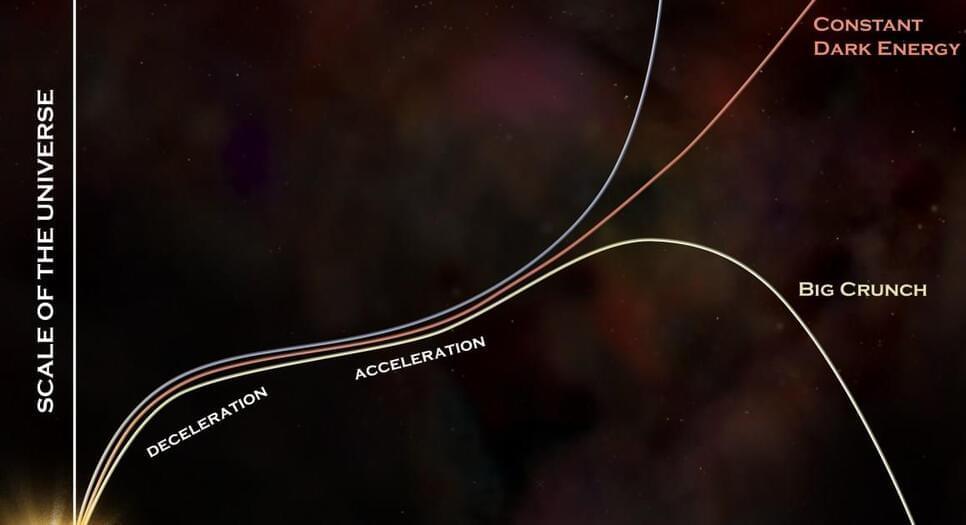
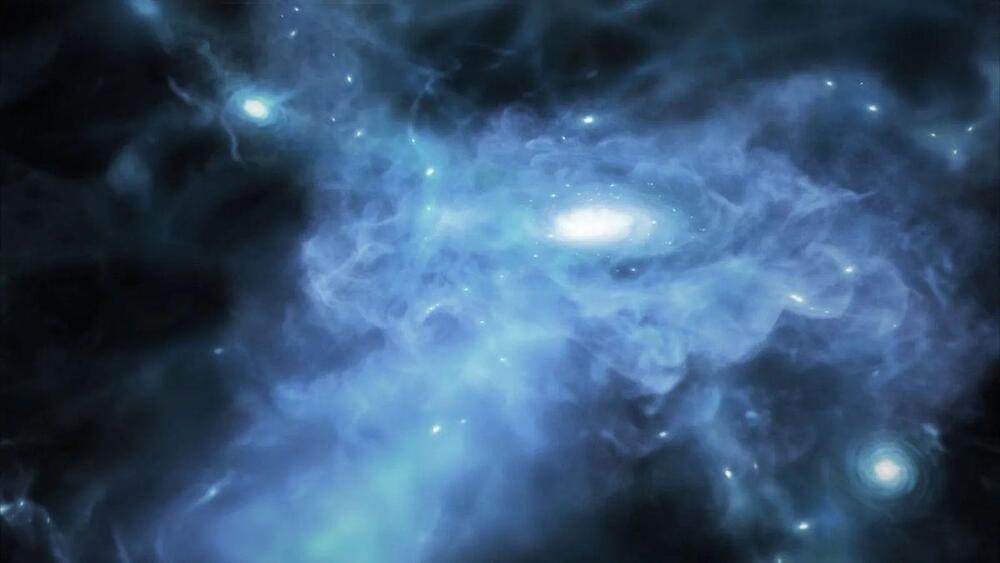

Both literally and figuratively, light pervades the world. It banishes darkness, conveys telecommunications signals between continents and makes visible the invisible, from faraway galaxies to the smallest bacterium. Light can also help heat the plasma within ring-shaped devices known as tokamaks as scientists worldwide strive to harness the fusion process to generate green electricity.

A new study reveals the sun’s magnetic field originates closer to the surface, solving a 400-year-old mystery first probed by Galileo and enhancing solar storm forecasting.
An international team of researchers, including Northwestern University engineers, is getting closer to solving a 400-year-old solar mystery that stumped even famed astronomer Galileo Galilei.
Since first observing the sun’s magnetic activity, astronomers have struggled to pinpoint where the process originates. Now, after running a series of complex calculations on a NASA supercomputer, the researchers discovered the magnetic field is generated about 20,000 miles below the sun’s surface.
Researchers have developed techniques to manufacture different types of glass in space, uncovering potential for advancements in optical technology.
Thanks to human ingenuity and zero gravity, we reap important benefits from science in space. Consider smartphones with built-in navigation systems and cameras.
Such transformational technologies seem to blend into the rhythm of our everyday lives overnight. But they emerged from years of discoveries and developments of materials that can withstand harsh environments outside our atmosphere. They evolved from decades of laying foundations in basic science to understand how atoms behave in different materials under different conditions.
Advanced observations by the JWST indicate that early galaxies matured faster and were less chaotic, challenging previous theories of galaxy evolution.
New research has revealed that the Universe’s early galaxies were less turbulent and developed more rapidly than previously believed. This research, led by an international team from Durham University, utilized the James Webb Space Telescope (JWST) to find evidence of bar formation when the Universe was only a few billion years old.
These findings were published in the journal Monthly Notices of the Royal Astronomical Society.
